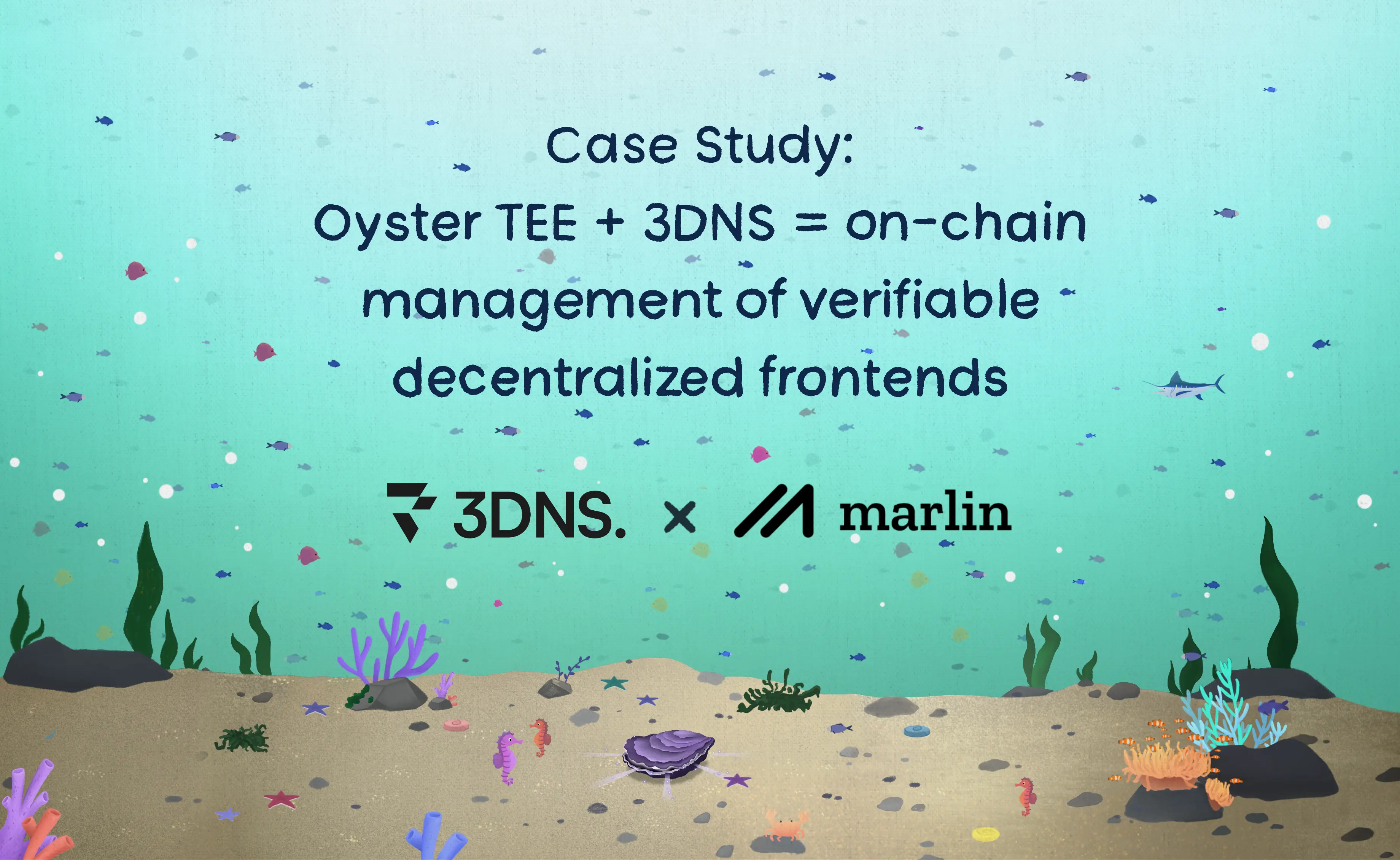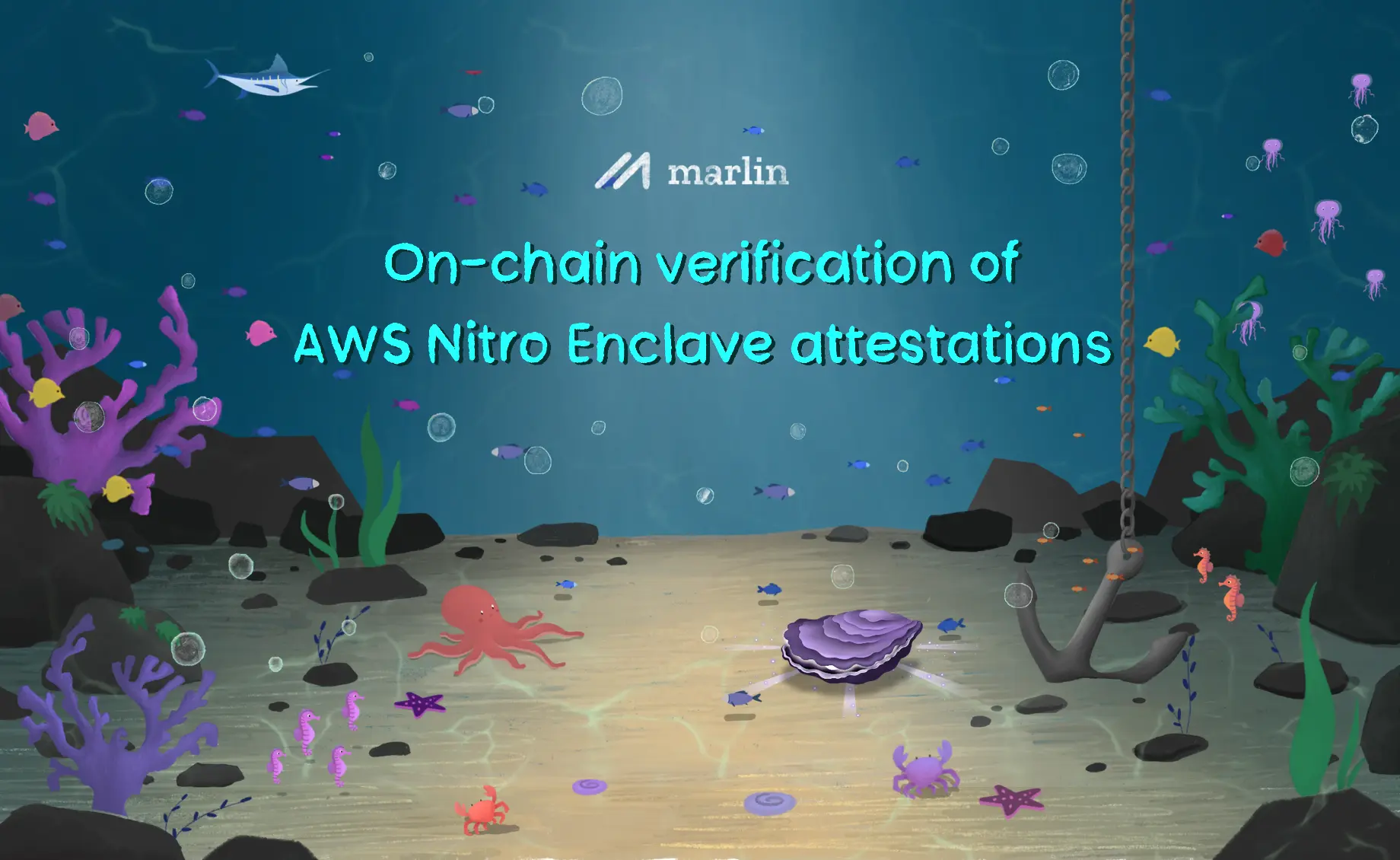Scalable coprocessors
for decentralized compute
Develop powerful applications by accessing and processing data verifiably

SCALE
The GPU for onchain execution
Marlin allows computations to be delegated to offchain microservices with proofs and attestations verified onchain

Accelerate execution
Verifiable offchain execution doesn't require replication of the entire computation and can thus provide results comparatively faster.

Reduce cost
Onchain verification of proofs or attestations is usually orders of magnitude cheaper than carrying out the entire computation onchain.

Prevent IP theft
Data and logic of computations carried out offchain are not visible onchain or to the host machine in the case of enclaves and cryptographic schemes.


EXPRESSIVE




BACKED BY THE BEST








 APPLICATIONS
APPLICATIONS



























 WRITINGS
WRITINGS


